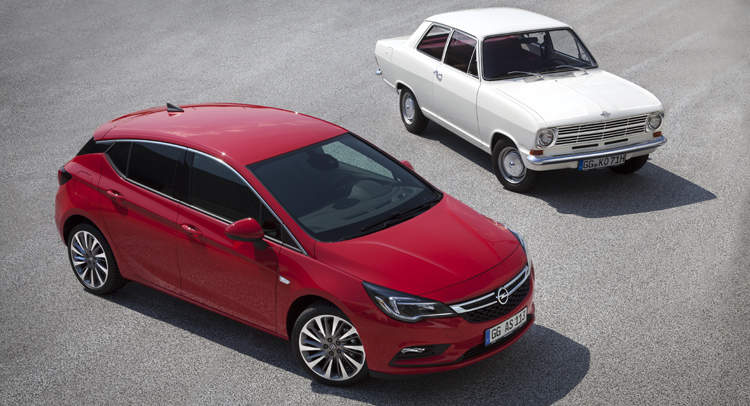This year marks the 50th anniversary of the Kadett B, the successor to the Kadett A, the first post-war Kadett.
The Kadett B was a significant improvement over its predecessor. It was 180mm (7in) longer, exceeding 4 meters (157.5in) in length, and was available right from the start in three body styles: two- or four-door sedan, CarAvan station wagon and coupe.
The latter was inspired by fastback models such as the Chevrolet Chevelle from the United States. But its most recognizable design cues were the three ventilation slots in the B-pillar, which gave the car the name of “gills coupé”.
The Kadett B launched with a 1.1-liter four-cylinder unit that produced 45PS, 5PS more than its predecessor. A higher-compression 1.1-liter S engine produced 55PS, while a twin-carburetor version of the short-stroke engine arrived in 1966 with 60PS. The Rallye version of the Opel Kadett B featured a 90PS 1.9-liter four-cylinder engine – the same engine was also offered in the Opel Olympia, the more luxurious variant of the Kadett B.
Opel says the Kadett Rallye introduced in 1966 is the forerunner of all compact sports cars. Featuring matte black hood and stripes, the coupe was initially available with the 60PS twin-carburetor version of the 1.1-liter engine, and from 1967 with the 90PS 1.9-liter unit. With the latter engine, the Kadett Rallye was able to reach a top speed of 170 km/h (106 mph).
The Opel Kadett B enjoyed a great sales success, with more than 105,000 units leaving the plant in the first year. While today over 60 percent of compact models sold in Europe are station wagon variants, back then the CarAvan accounted for just 17 percent.
Opel exported around 50 percent of annual production to 120 countries. By the time production ended in July 1973, Opel had built 2.6 million units.

















